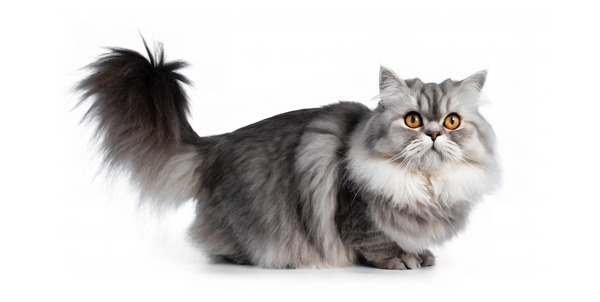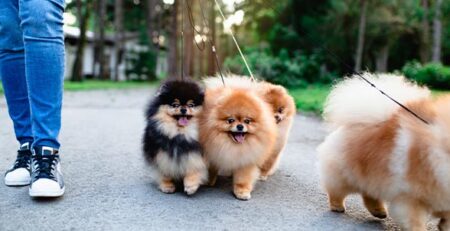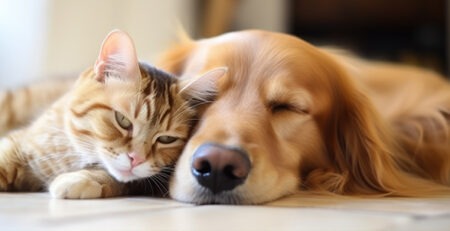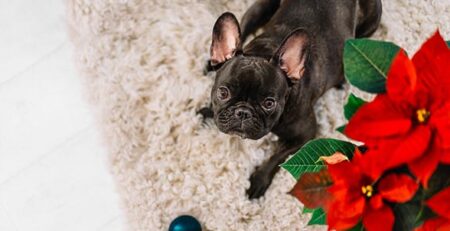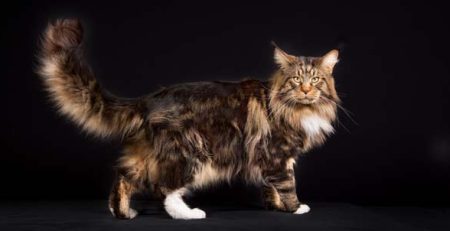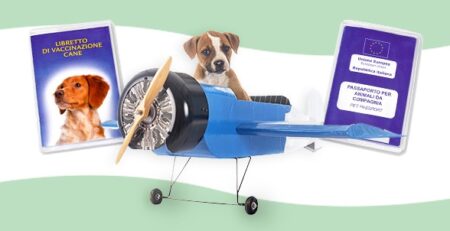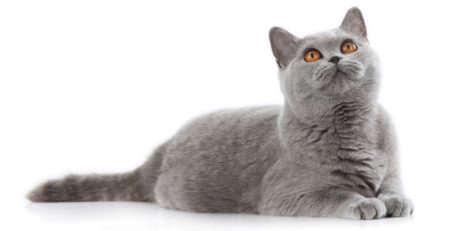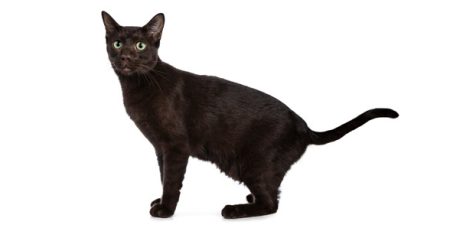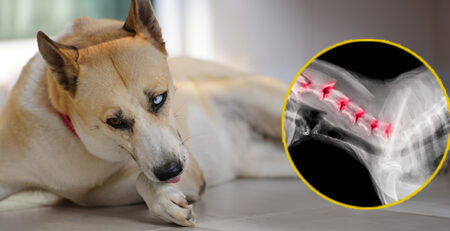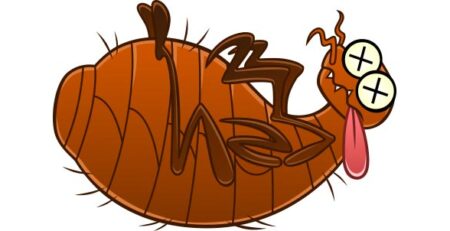The Persian cat: beautiful, regal but only seemingly haughty
The Persian cat was born from a cross between the Angora cat and a variety of small, stocky, long-haired cats imported from Iran (then called Persia) to Europe by silk traders back in the 1600s.
The Persian breed proper gained official recognition in 1871 at a feline exhibition in London where the magnificent cat was honored for its beauty and regal bearing.
From that time, the Persian cat became so popular in aristocratic drawing rooms that it became a symbol of status and sophistication.
Persian Doll Face and Flat Face cats: normotypical and hypertypical
They exist:
- Persiandoll face cats, also called “normotypical Persian cats” which have a protruding nose
- Persianflat-faced cats, also called “hypertypical Persian cats,” which instead have flattened noses.
Whether they are upturned-nosed normotypicals or hypertypical, with a slightly pouty expression, Persians are only seemingly haughty.
What is the character of the Persian cat
Lovers of comfort, pillows, beds and sofas, “noble” Persian cats usually choose the coziest and sunniest places in the house to loll in comfort.
They also prefer idleness to physical activity because of their calm and reserved nature.
While embodying an adorable combination of gentleness and calmness, Persians are extremely affectionate, bond intensely with their humans, appreciate cuddles and love to be brushed.
And it is precisely their long-haired coat that is a characteristic that makes them irresistibly attractive.
The magnificent long-haired coat of the Persian
Persian cats have a double-layered coat: a soft, woolly undercoat and a longer, silkier outer coat, with a truly amazing range of colors and shades.
There are white, black, blue, red, cream and even patterned Persians such as the “Himalayan,” which has a light body and dark extremities.
Instead, the Tabby has characteristic stripes or spots.
Also, “Bicolor” Persians, which combine two colors harmoniously: often one of the colors is white, while the other can be any other shade.
Persian cats can have a “chinchilla” coat, which is essentially a short-haired coat, but with incredible luster and softness.
Regular and consistent brushing is essential to prevent knots and tangles and to keep the hair healthy and shiny.
Caring for a Persian cat requires commitment
The hypertypical, being essentially a brachycephalic cat, may be prone to several genetic disorders.
One of the most common is “Persian Cat Syndrome,” which includes respiratory, eye and dental problems.
It is important to pay attention to his oral health and eye cleanliness.
Nutrition must be balanced and healthy both to ensure dental health and to avoid overweight.
Some Persians can also develop kidney or heart disease, so it is important to have regular veterinary checkups and keep an eye out for any signs of discomfort.
To have your Persian cat checked, for vaccines and periodic check-ups, contact the veterinary doctors on our staff who are always available to you.
We would also like to remind you that Clinica La Veterinaria is always open h24 every day including holidays and with First Aid service from 8 pm to 8 am.

